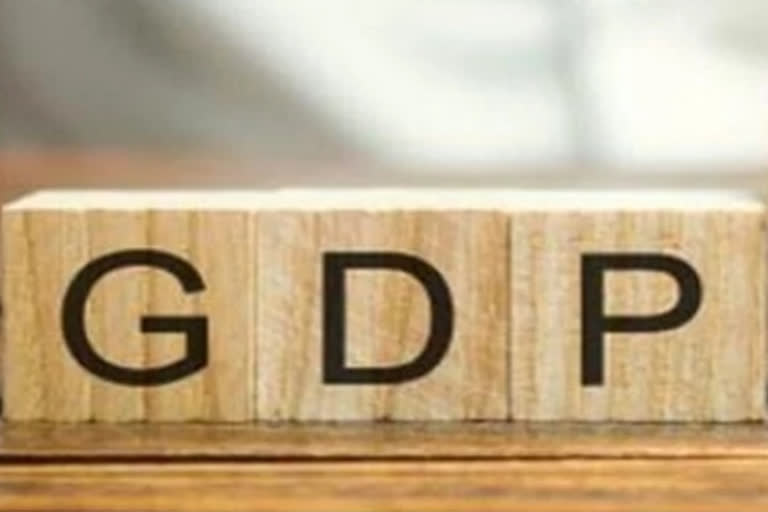New Delhi: As higher oil prices torpedo economic recovery worldwide, Morgan Stanley has cut India's GDP forecast for the fiscal year beginning April 1 by 50 basis points to 7.9 per cent, raised retail inflation projection to 6 per cent and expects current account deficit to widen to 3 per cent of GDP. "Even as we expect the cyclical recovery trend to continue, we expect it to be softer than we previously projected," it said in a report. "We believe that the ongoing geopolitical tensions exacerbate external risks and impart a stagflationary impulse to the economy."
India is affected through three key channels -- higher prices for oil and other commodities; trade, and tighter financial conditions, influencing business/investment sentiment. "Building in higher oil prices, we trim our F23 GDP growth forecast 50bps, to 7.9 per cent, lift our CPI inflation forecast to 6 per cent, and expect the current account deficit to widen to 10-year high of 3 per cent of GDP," it said.
India is 85 per cent dependent on imports to meet its oil needs and the recent spurt in international oil prices, which pushed rates to a 14-year high of USD 140 per barrel before retracting, will result in the country paying more for the commodity. Also, higher prices will result in inflationary pressure. The key channel of impact for the economy will be higher cost-push inflation, feeding into broader price pressures, which will weigh on all economic agents -- households, business, and government. Regarding India's exposure to macro stability risks, Morgan Stanley said even as macro stability indicators are expected to worsen, lack of domestic imbalances and focus on improving the productivity dynamic will help to mitigate risks.
"As such, we do not expect that fiscal or monetary policy will need to tighten disruptively to manage macro stability risks. The risk would stem from a further sustained rise in oil prices, leading to quick deterioration in macro stability and currency volatility," it said. The brokerage expected a repo rate hike in the June meeting of RBI's Monetary Policy Committee. "But we now expect the April policy to mark the process of policy normalization with a reverse repo rate hike." "However, if the RBI were to delay its normalization process, the risk of disruptive policy rate hikes would rise. We see less room for fiscal policy stimulus to support growth given high deficit and debt levels - we see a possibility of a modest fuel tax cut and reliance on the national rural employment program as an automatic stabilizer," it said.
The report saw upside risks of 0.5 per cent of GDP to the fiscal deficit target of 6.4 per cent of GDP for FY23 (April 2022 to March 2023). "We see risks skewed to the downside for growth and to the upside for inflation and the CAD," it said. "Again, the key risk would be a sharp and sustained rise in oil prices, exacerbating macro stability concerns and leading to disruptive monetary tightening. Further, risks could arise if global growth conditions weaken further, which would impair India's export and capex cycle."
PTI



